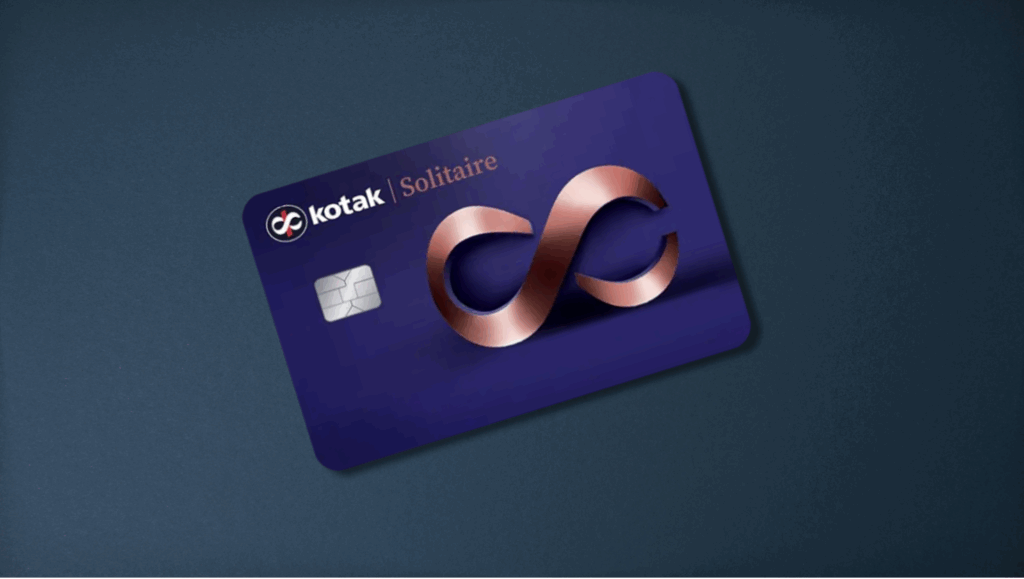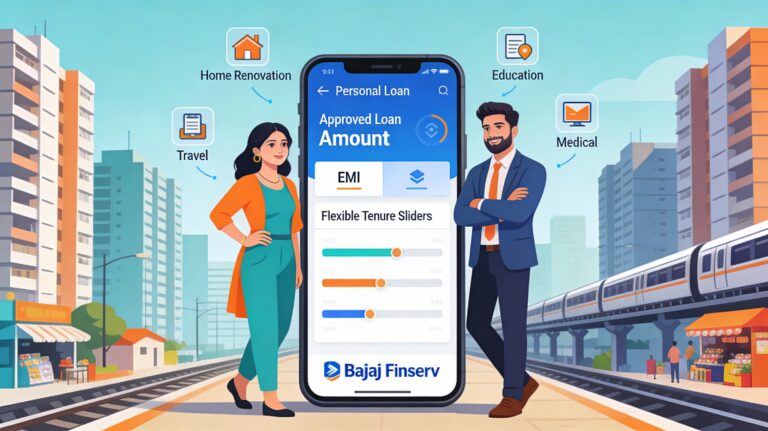
No prepayment charges on floating rate loans from 2026! This game-changing Reserve Bank of India (Pre-payment Charges on Loans) Directions, 2025 frees individuals and MSEs from penalties, sparking financial freedom. Will you save thousands on your home or business loan?
Paying off your home loan early, only to be slapped with a hefty penalty by your bank. Frustrating, right? For years, borrowers in India, especially individuals and micro and small enterprises (MSEs), have faced prepayment charges that made financial freedom feel like a distant dream. But here’s the twist: the Reserve Bank of India (RBI) has dropped a bombshell that’s set to rewrite the rules of lending. Starting January 1, 2026, the Reserve Bank of India (Pre-payment Charges on Loans) Directions, 2025 will eliminate prepayment penalties on most floating rate loans, empowering borrowers like never before. Curious about how this could transform your financial journey? Let’s dive into this revolutionary change and uncover what’s in store!
The Big Reveal: What Are the RBI’s 2025 Directions?
On July 2, 2025, the RBI unveiled the Pre-payment Charges on Loans Directions, 2025, a bold step toward enhancing borrower flexibility and transparency in India’s lending ecosystem. Effective for all loans sanctioned or renewed on or after January 1, 2026, these guidelines aim to eliminate unfair prepayment penalties and restrictive loan practices. The RBI’s move comes after supervisory reviews revealed inconsistent practices among regulated entities (REs) like banks and NBFCs, which often led to customer grievances and disputes. Some lenders even included clauses to deter borrowers from switching to competitors offering better terms.
So, what’s the core of this directive? It’s simple yet powerful: no prepayment charges on floating rate loans for individuals (non-business purposes) and most business loans for individuals and MSEs. This applies to a wide range of financial institutions, including commercial banks (excluding payment banks), co-operative banks, NBFCs, and All India Financial Institutions. Whether you’re paying off a personal loan, a home loan, or a small business loan, this could mean significant savings and freedom to manage your finances without penalty.
Why This Matters: The Problem with Prepayment Penalties
Prepayment penalties have long been a thorn in the side of borrowers. Imagine you’ve saved up enough to clear your home loan early or found a lender offering a lower interest rate. Instead of celebrating, you’re hit with a penalty that eats into your savings. For MSEs, these charges were particularly crippling, as affordable financing is critical for their survival and growth. The RBI noted that some lenders used restrictive clauses to lock borrowers into unfavourable terms, stifling competition and borrower choice.
Breaking Down the Key Provisions
Let’s unpack the RBI (Pre-payment Charges on Loans) Directions, 2025 to see how they’ll impact you:
- No Prepayment Charges for Individuals (Non-Business Loans):
If you take a floating rate loan for personal purposes—like a home loan, car loan, or personal loan—no prepayment charges will apply, whether you repay in part or in full. This holds true regardless of whether you have a co-borrower or the source of funds (savings, another loan, or inheritance). There’s also no minimum lock-in period, so you can prepay as early as you want. - Business Loans for Individuals and MSEs:
- Major Lenders: Commercial banks (excluding Small Finance Banks, Regional Rural Banks, and Local Area Banks), Tier 4 Urban Co-operative Banks, NBFC-Upper Layer (UL), and All India Financial Institutions cannot charge prepayment penalties on floating rate loans for business purposes to individuals and MSEs.
- Smaller Lenders: Small Finance Banks, Regional Rural Banks, Tier 3 Urban Co-operative Banks, State/Central Co-operative Banks, and NBFC-Middle Layer (ML) are exempt from charging prepayment fees on business loans up to ₹50 lakh. This ensures small businesses and individual entrepreneurs can repay or refinance without extra costs.
- Dual/Special Rate Loans:
For loans that switch between fixed and floating rates, the no-prepayment-charge rule applies only if the loan is on a floating rate at the time of prepayment. This adds flexibility for borrowers with hybrid loan structures. - Cash Credit and Overdraft Facilities:
If you have a cash credit or overdraft facility, no prepayment charges will apply if you notify the lender of your intent not to renew the facility before the due date and close it on time. This is a game-changer for businesses relying on such facilities. - Transparency is Key:
Lenders must clearly disclose prepayment terms in the loan agreement, sanction letter, and Key Facts Statement (KFS). No undisclosed or retrospective charges are allowed, ensuring borrowers aren’t caught off guard. If a lender initiates the prepayment, no charges can be levied. - Repeal of Old Rules:
The 2025 Directions replace all previous RBI circulars on prepayment charges, creating a unified, borrower-centric framework. This simplifies compliance for lenders and ensures consistency for borrowers.
The Impact: A Borrower’s Paradise?
This directive is a seismic shift in India’s lending landscape. Here’s why it’s generating buzz:
- Freedom to Save: For individuals, especially home loan borrowers, the removal of prepayment charges on floating rate loans means you can pay off your loan early without losing a chunk of your savings. For instance, clearing a ₹50 lakh home loan early could save you ₹1-2 lakh in penalties, depending on the lender’s previous policies.
- Boost for MSEs: Micro and small enterprises, the backbone of India’s economy, will benefit immensely. With no prepayment penalties on most business loans, MSEs can refinance or repay loans to seize better opportunities, fostering growth and innovation.
- Increased Competition: By removing restrictive clauses, the RBI is encouraging lenders to compete on interest rates and services. This could lead to better loan terms and lower rates for borrowers.
- Transparency and Trust: Mandatory disclosures in loan agreements and KFS ensure borrowers know exactly what they’re signing up for. No more hidden fees or surprise charges
But here’s the suspense: Will lenders find ways to offset these changes? Some experts speculate that banks might adjust interest rates or introduce other fees to compensate for lost prepayment revenue. Only time will tell how this plays out, but for now, borrowers hold the upper hand.
What’s Next for Lenders?
Lenders aren’t sitting idly by. The RBI’s directive requires them to overhaul their policies, documentation, and digital interfaces. Banks and NBFCs must:
- Update loan agreements and KFS to reflect the new rules.
- Train staff to ensure compliance and transparency.
- Revise pricing strategies to account for the loss of prepayment revenue.
- Monitor the impact on loan portfolios and refinancing trends.
Smaller lenders, like Regional Rural Banks and NBFC-MLs, have a slight reprieve, as the no-prepayment-charge rule applies only to loans up to ₹50 lakh. However, they too must align with the transparency requirements, ensuring borrowers are fully informed.
The Bigger Picture: A Borrower-Friendly Future
The RBI’s move is part of a broader push to make India’s financial system more equitable. By addressing grievances caused by inconsistent prepayment practices, the central bank is fostering trust and encouraging responsible borrowing. This aligns with its earlier efforts, like the Key Facts Statement mandate in April 2024, which emphasized clear disclosure of loan terms.
For borrowers, this is a golden opportunity to take control of their finances. Whether you’re an individual dreaming of a debt-free future or an MSE looking to scale, the 2025 Directions give you the freedom to repay or refinance without penalty. But here’s the cliffhanger: How will this reshape the lending market? Will interest rates rise, or will competition drive them down? Stay tuned as we approach 2026!
Final Thought: Your Financial Freedom Awaits
The Reserve Bank of India (Pre-payment Charges on Loans) Directions, 2025 is a landmark reform that puts borrowers first. By scrapping prepayment penalties on floating rate loans and mandating transparency, the RBI is paving the way for a fairer, more competitive lending environment. Whether you’re planning to pay off your home loan early or refinance your small business loan, these changes promise significant savings and flexibility. So, what’s your next financial move? Will you seize this opportunity to break free from debt? The clock is ticking toward January 1, 2026—get ready to make the most of it!
































